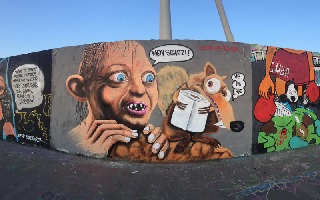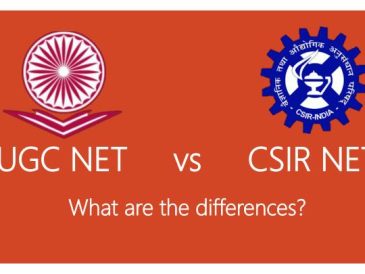In the vivid tapestry of artistic expression, street art has emerged as one of the most powerful and rebellious forms, commanding the attention of both art enthusiasts and the general public alike. From vibrant murals that stretch across buildings to politically charged stencils that challenge authoritarianism, street art goes beyond aesthetic appeal. It confronts, provokes, and sparks conversation. This article delves into the ways street art challenges societal norms, much like how the game of Teen Patti Live – 3 Patti Online Poker revolutionizes traditional card gaming.
- 1. Democracy of Public Spaces
Traditional art often finds its home in galleries, museums, and private collections. However, street art takes over public spaces, democratizing art and making it accessible to everyone, irrespective of their socioeconomic status. This act in itself defies societal norms where art, especially ‘high art,’ is reserved for a select few.
- Political Protest and Activism
From the Berlin Wall to the modern streets of Hong Kong, street art has long been a medium of political protest. Through impactful imagery, artists address issues like authoritarian regimes, censorship, racial discrimination, and more. They not only highlight injustices but also inspire communities to mobilize and seek change.
- Challenging Materialism
In a world dominated by consumerism, many street artists use their work to criticize materialistic tendencies. Whether it’s a commentary on big brands, the fast fashion industry, or the ephemeral nature of modern consumer products, street art forces viewers to confront and reconsider their consumption patterns.
- Reimagining Identity and Representation
Street art provides marginalized groups a platform to voice their experiences and identity. From showcasing indigenous cultures to highlighting LGBTQ+ rights, artists use walls as canvases to represent stories often left out of mainstream narratives. In doing so, they challenge societal norms about gender, sexuality, race, and more.
- Temporality vs. Permanence
In an age where permanence is sought, street art embraces ephemerality. Graffiti might be painted over, murals can fade, and yet, the transient nature of street art becomes a statement on the impermanence of life, societal values, and even the art itself.
- Bridging Art and Technology
Modern street artists are incorporating technology into their works, from QR codes that lead viewers to digital platforms to augmented reality that adds a dynamic layer to static murals. This amalgamation of art and tech challenges the idea that street art is rudimentary or ‘low brow’.
- Economic Rebellion
The spirit of rebellion in street art isn’t just thematic; it’s economic too. In cities where billboard advertising commands premium prices, an artist’s decision to paint a massive mural for free is revolutionary. It reclaims space from advertisers and returns it to the community, disrupting the commercial norms of urban landscapes.
In conclusion, in its colors, patterns, and motifs, street art holds up a mirror to society, reflecting its flaws, beauty, challenges, and aspirations. It is a tool of resistance, a voice of the unheard, and a canvas for change. Its very existence in public spaces challenges the boundaries of what is considered “acceptable” or “conventional.”
Street art reimagines the realm of artistic expression. It serves as a reminder that art isn’t confined to quiet galleries but thrives in the noisy, chaotic, real-world streets where everyday life unfolds, and revolutions are born.




